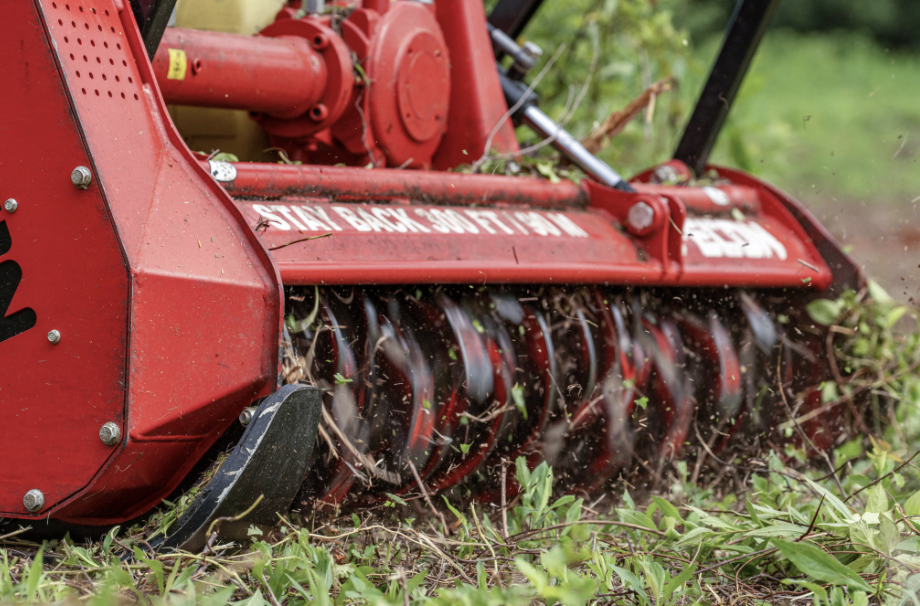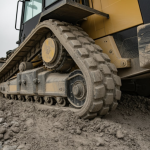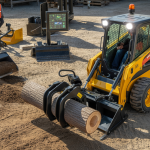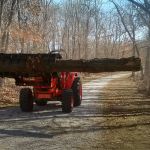
Revolutionizing Land Management: The Role of Mulchers in Modern Construction
There’s a quiet transformation happening across construction and land development.
Where once you’d see multiple machines, heavy fuel use, and weeks of work to clear a site now, one operator and a single machine can do it all.
Faster. Cleaner. More responsibly.
That shift has a lot to do with technology, but more specifically, with the rise of one powerful tool, the mulcher.
The Old Way Isn’t Working Anymore
Anyone who’s worked in land management knows the story.
Traditional clearing methods eat through time, labour, and budget. They churn up soil, release emissions, and sometimes do more harm than good to the surrounding environment.
The problem isn’t effort — it’s efficiency.
Modern projects are under more pressure than ever: tighter deadlines, stricter regulations, and growing expectations for sustainability. And yet, the old approach hasn’t kept up.
It’s clear the industry needed something different. Something smarter.
Enter the Modern Mulcher
Mulchers have been around for a while. But these new versions are built differently to match the modern requirements. They’re faster, more precise, and designed with purpose. A purpose to clear vegetation while preserving the integrity of the land beneath.
In a single pass, a mulcher attachment for a tractor can shred trees, brush, and undergrowth into nutrient-rich mulch. No burning. No hauling. No disruption. Just one clean, efficient cycle that prepares land for what comes next.
Whether a contractor is exploring a mulcher for sale or expanding their existing fleet, one thing’s obvious — this machine isn’t just another tool. It’s a shift in how the job gets done.
Sustainability That Works in Practice
There’s a misconception that going “green” means slowing things down. Mulchers prove otherwise.
Instead of stripping the ground bare, they return organic matter to the soil — protecting against erosion and improving long-term site health.
Environmental benefits do not stop here. A smaller amount of carbon footprint overall, with fewer trips across the site and less fuel because fewer machines will be used. For those who are trying to balance performance with sustainability goals, that’s a win that makes sense both on paper and in practice.
A design that focuses on low-impact operation and long-term durability is a blend that supports responsible construction without compromising productivity – an ideal one.
Where Innovation Meets Real-World Demands
Talk to anyone who operates a modern mulcher and you’ll hear the same thing: it’s built to last. But more than that, it’s built to think.
Improved hydraulics, better cooling systems, and operator-friendly controls that make tough terrains easier to handle are all built-in features of modern mulcher attachments for tractor. They are designed for uptime — fewer breakdowns, smoother runs, and cleaner results.
This kind of engineering isn’t just about technology. It’s about understanding how people actually work on-site. The result? Machines that do their job without fighting back — machines that make demanding projects a little less demanding.
Looking Forward
Sustainability, efficiency, and technology are no longer separate conversations — they’re the same one. And mulchers sit right in the middle of it.
They’ve turned land management into something more intelligent, more deliberate. Construction teams are finishing faster, reducing costs, and leaving behind less environmental impact, all thanks to smarter equipment design.
Fecon continues to lead this shift, showing what’s possible when innovation meets purpose. It’s not just about clearing the ground anymore. It’s about doing it in a way that respects what’s underneath, and what’s coming next.












